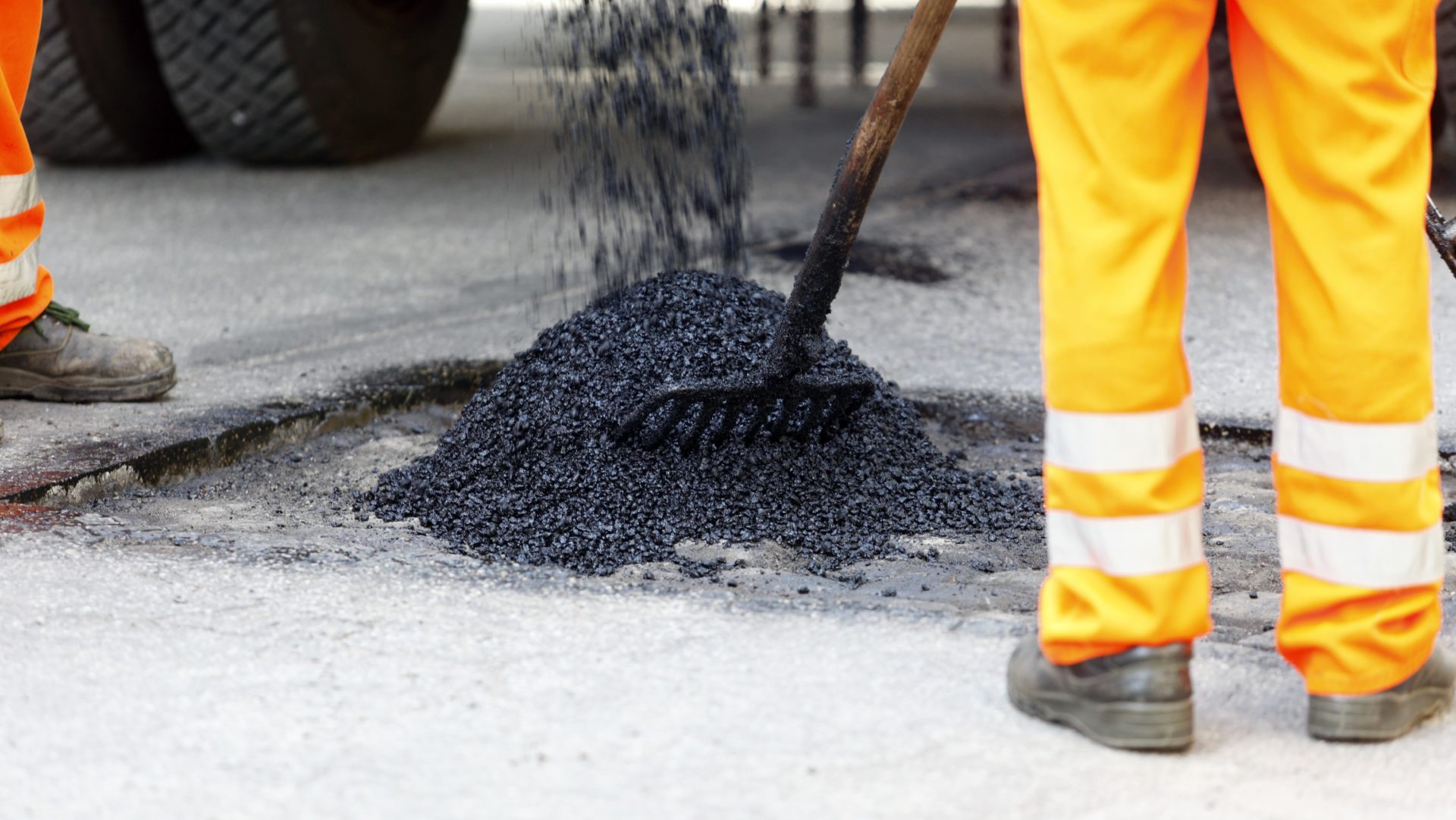
The government has published findings from a new initiative which aims to encourage SMEs from outside the transport sector to find innovative ways to fix potholes, including using drones and 3D printing.
The Digital Intelligent Brokerage (DIB) has already identified potential new ways to repair England’s roads, including the use of graphite nanoparticles in asphalt to reduce surface cracks, bio-bitumen materials to create more environmentally friendly road surfaces, and automated repair operations to improve worker safety. It has also explored the potential of smart video and digital twins, as reported by BIM+.
The Department for Transport (DfT) said the DIB supports wider government commitments to use advanced technology, such as drones to spot defects in roads and 3D printing to repair cracks.
A report produced by Atkins, The Potholes Challenge: Achieving a Sustainable Response to Potholes, details the results of a pilot undertaken by the Digital Intelligent Brokerage Hub, in collaboration with Wiltshire Council, to accelerate the benefits of research and development in addressing potholes.
The DIB sought to encourage technological innovation from SMEs while identifying opportunities to introduce these innovations into local authority supply chains.
During the project, a total of 70 individuals completed a questionnaire indicating innovations covering the challenge area, with 64% of them from outside the transport sector. The DIB generated a total of 102 different approaches, including technology and service solutions.
Atkins’ report claims the DIB project showed the potential to stimulate SME engagement and the ability to bring innovation into addressing the pothole challenge.
The launch of the DIB report came as the DfT announced a £15m fund for local councils in England to explore new technology, as well as to improve traffic signals.
Transport secretary Grant Shapps said: “This vital funding and work will cut journey times for millions of people, reduce emissions and keep the UK at the forefront of technological developments in roads maintenance as we continue to invest in local economies and build back both better and greener from the pandemic.”
RAC head of roads policy, Nicholas Lyes, said: “Additional investment to cut congestion and make pothole repairs better for the future is very welcome. Improving traffic lights can make a significant difference to local roads by efficiently maximising the number of vehicles that can safely pass through junctions while hitting a pothole can be an expensive and even a dangerous experience.
“We look forward to seeing how drivers and road users more widely can benefit from the use of 21st-century technology to repair their local roads more quickly.”










